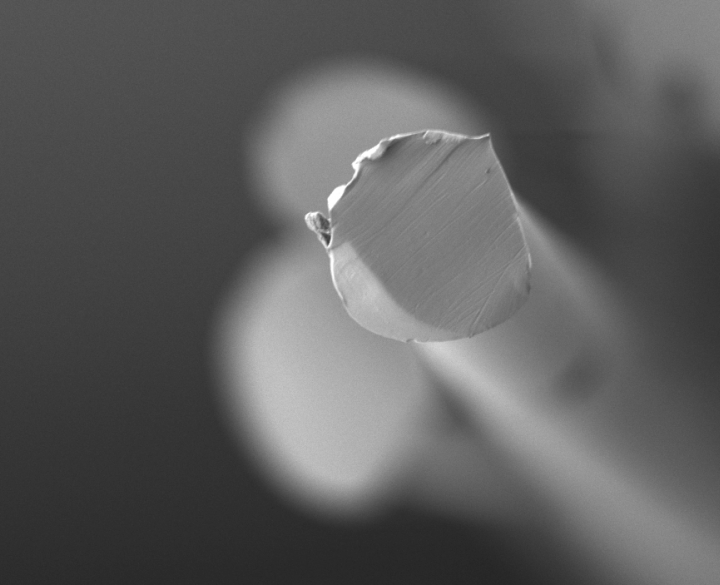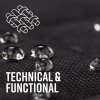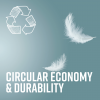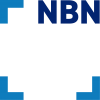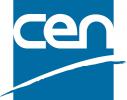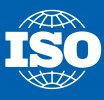What are standards?
According to the Bureau for Standardisation, NBN, a standard is an agreement about a product, a service or a process. Standards reflect best practices in the industry, the service sector and the public sector.
Standards cover a wide range of subjects from construction to nanotechnology, from energy management to health and safety, from protective gloves to sports fields, and to prove that standards are not aloof of reality and shifting concerns, the concept of sustainability has been introduced as an important criteria in the drafing and revision of many standards. Standards can be very specific, such as product and test standards, or general such as management practices.
BSI, the British Standardisations Institute describes Standards as follows:
Standards are the distilled wisdom of people with expertise in their subject matter and who know the needs of the organizations they represent – people such as manufacturers, sellers, buyers, customers, trade associations, users or regulators.
Standards are knowledge. They are powerful tools that can help drive innovation and increase productivity. They can make organizations more successful and people’s everyday lives easier, safer and healthier.
Discover the NBN standards platform
Who makes standards?
Standardisation is the process of creating a standard. Interested parties, including companies, public authorities, consumers organisations and others, agree on the specific characteristics of a product, service or process. Standardisation takes place in committees with representatives from all stakeholders, on the basis of consensus, with all participants having an equal say.
Standards are mainly developed on an international level. The Bureau for Standardisation (NBN) represents Belgium in this process in European and international standardisation committees, by delegating Belgian experts who actively participate. These experts share their knowledge and develop standards within Technical Committees (TCs).
How to play a role in standardisation?
Participating in standardisation yields some very interesting benefits:
- Access to first-hand knowledge on future developments and trends
- Better protection of your product and R&D investments by influencing the standards development process.
- Societal stakeholders can call attention to environmental protection or consumer issues
- Opportunity to create an international network of international experts
Centexbel's standards cells
The standards cells are an initiative of the Belgian FPS Economy and have been created to better inform SME's about the impact of standards on their companies as well as to promote the application of standards.
The importance of sector operators
Sector operators manage standardisation committees, acting as the link between the experts in these committees and NBN. They also ensure that all stakeholders can take part in the standardisation process.
Sector operators are highly competent within their field and maintain close links with the business world. They can rely on an extensive network of experts to disseminate all relevant information on standardisation activities within their field. This makes them essential partners for NBN.
Which Standard committees do we follow up?
Sector operator for the textile industry
As a Sector operator recognized by by the Board of Directors of NBN (Bureau for Standardisation), Centexbel is responsible for administrative and technical monitoring of several textile-related standardisation committees. This means that we act in the name and on behalf of the Bureau for Standardisation in the following ISO and CEN commissions and sub-commissions:
- CENTEXBEL/B Circular Economy & Sustainability for textile & plastics products "Circular Economy & Sustainability for textile & plastics products": provides an overview over the activities of different CEN and ISO TC’s, SC’s and WG’s covering the topic Circular Economy & Sustainability for textile & plastics products
- CENTEXBEL/B Pandemic Respiratory Masks "Pandemic Respiratory Masks": established for developing NBN DTD S 65-001:2020 Community and Artisanal Masks - Guide to minimum requirements, assembly, maintenance and use
- CENTEXBEL/E CWA Community face coverings "CEN Workshop Response to Covid-19 - Community face coverings (masks)": Mirroring the CEN workshop Response to Covid-19 - Community face coverings (masks)
- CENTEXBEL/E099 "Wallcoverings": Mirroring CEN TC99
- CENTEXBEL/E134 "Resilient, textile, laminate and modular mechanical locked floor coverings": Mirroring CEN TC134 and ISO TC219
- CENTEXBEL/E189 "Geosynthetics": Mirroring CEN TC189 and ISO TC221
- E217 Surfaces for sports areas: CEN/TC 217
- E248 Textiles and Textile products: CEN/TC 248 & ISO/TC 38, including
- ISO/TC 38 SC 1
- ISO/TC 38 SC 2
- ISO/TC 38 SC 20
- ISO/TC 38 SC 23
- ISO/TC 38 SC 24
- E398 Child protective products: CEN/TC 398
- E411 Bio-based products: CEN/TC 411
- CENTEXBEL/E462 "Regulated chemicals in products": Mirroring CEN TC462
- CENTEXBEL/E466 "Circularity and recyclability of fishing gear and aquaculture equipment": Mirroring CEN TC466
- CENTEXBEL/I094 "Personal safety - Protective clothing and equipment": Mirroring ISO TC94
- CENTEXBEL/I09401 "Head protection": Mirroring CEN TC158
- CENTEXBEL/I09403 "Foot protection": Mirroring CEN TC161 and ISO TC94 SC03
- CENTEXBEL/I09404 "Protection against falls": Mirroring CEN TC160 and ISO TC94 SC04
- CENTEXBEL/I09406 "Eye protection": Mirroring CEN TC85 and ISO TC94 SC06
- CENTEXBEL/I09412 "Hearing protection": Mirroring CEN TC159
- CENTEXBEL/I09413 "Protective clothing (and lifejackets)": Mirroring CEN TC162 and ISO TC 94 SC13
- CENTEXBEL/I09414 "Fire-fighters' personal equipment": Mirroring ISO TC94 SC14
- CENTEXBEL/E079 "Respiratory protective devices": Mirroring CEN TC79 and ISO TC94 SC15
- CENTEXBEL/I18801 "Small Craft - Personal safety equipment": Mirroring ISO TC188 SC01
- CENTEXBEL/E1220014 "Ergonomics design and evaluation of integrated PPE systems": Mirroring (CEN TC122 WG14
- CENTEXBEL/WG Garments PPE "Garments for protection against heat and flame with integrated smart textiles": Following the work under Mandate M/553
In addition, the Centexbel experts are monitoring the activities of commissions managed by other NBN Sector Operators covering the topics
Privacy management
- AGORIA-ICT/CCLC008 "Privacy management in products and services": Mirroring CEN/-CLC/ JTC8
Public procurement
- NBN/E461 "Public Procurement": Mirroring CEN TC461
Circular economy
- NBN/I323 “Circular economy”
Ergonomics
- SA/E122 “Ergonomics”: Mirroring CEN TC122
- SA/I159 “Ergonomics”: Mirroring ISO TC159
- SA/I15905: “Ergonomics of the physical environment”: Mirroring ISO TC159 SC05
Buildings & construction
- BBRI/E126 “Acoustics”: Mirroring CEN TC126 “Acoustic properties of building elements and of buildings”
- BBRI/E339 “Slip resistance of pedestrian surfaces”: Mirroring CEN TC339
- BBRI-SECO/E250/25001 “Actions on structures”: Mirroring CEN TC250
- NBN/CCLC011 "Accessibility in the built environment": Mirroring CEN-CLC JTC11
Fire safety
- SA/E127 “Fire safety – Constructions”: Mirroring CEN TC127
- SA/I092 “Fire safety”: Mirroring ISO TC092
- SA/I09201 “Fire initiation and growth”: Mirroring ISO TC092 SC01
- SA/I09202 “Fire containment”: Mirroring ISO TC092 SC02
- SA/I09204 “Fire safety engineering”: Mirroring ISO TC092 SC04
Explosive atmospheres
- SA/E305 “Potentially explosive atmospheres”: Mirroring CEN TC305
Materials & products
- BECETEL/E249 “Plastics”: Mirroring CEN TC249 and ISO TC61 Plastics
- BCRC/E184 “Advanced technical ceramics”: Mirroring CEN TC184 and ISO TC206
- BCRC/I229 "Nanotechnologies": Mirroring CEN TC352 and ISO TC229
- NBN/E052 Safety of toys: Mirroring CEN TC52 and ISO TC181
- NBN/E289 Leather: Mirroring CEN TC290 and IULTCS
- WOOD/E175 “Round and sawn timber”: Mirroring CEN TC175
- WOOD/E207 “Furniture”: Mirroring CEN TC207
Hygiene, Medical & assistive
- beMedTech/CENCLC003 “Symbols and information provided with medical devices and nomenclature for regulatory data exchange”: Mirroring CEN-CLC JTC3
- beMedTech/E140 “In vitro diagnostic medical devices”: Mirroring CEN TC140 and ISO TC212
- beMedTech/E170 “Ophthalmic optics”: Mirroring CEN TC170 and ISO TC172
- beMedTech/E204 “Sterilization of medical devices”: Mirroring CEN TC204 ISO TC198
- beMedTech/E206 “Biocompatibility of medical and dental materials and devices”: Mirroring CEN TC206 and ISO TC194
- beMedTech/E216 “Chemical disinfectants and antiseptics”: Mirroring CEN TC216
- beMedTech/E285 “Non-active surgical implants”: Mirroring CEN TC285 and ISO TC150
- beMedTech/E293 “Technical aids for disabled persons”: Mirroring CEN TC293 and ISO TC168
- SA/I330 “Surfaces with biocidal and antimicrobial properties”: Mirroring ISO TC330
Transportation
- SA/E256 “Railway applications”: Mirroring CEN TC256 and ISO TC269
- SA/E25601 “Railway applications – Infrastructure”
- SA/E25602 “Railway applications - Rolling Stock Products”
- SA/E25603 “Railway applications - Rolling Stock Systems”
Standards and Innovation
How does standardization support innovation?
There are certain rules and conventions that make up the framework for how our society works and how we live within it. For example, how money can be exchanged for goods and services, rules on how markets can operate, how scientific research is done, and how laws and policies are made.
Standardization creates a foundational framework from which innovators can design specific solutions. It provides a set of parameters to work within so that they can focus their energies on creating tailored and impactful solutions.
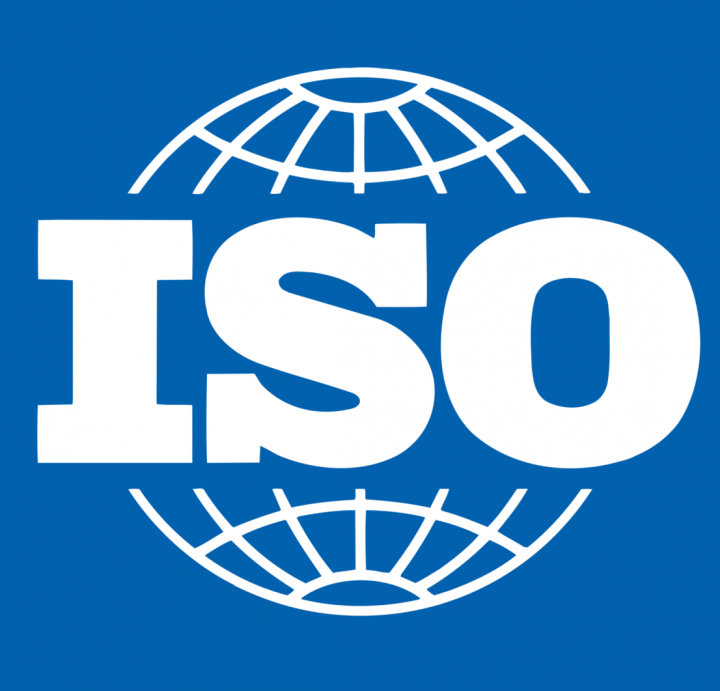
ISO 56002:2019
Innovation management — Innovation management system — Guidance




